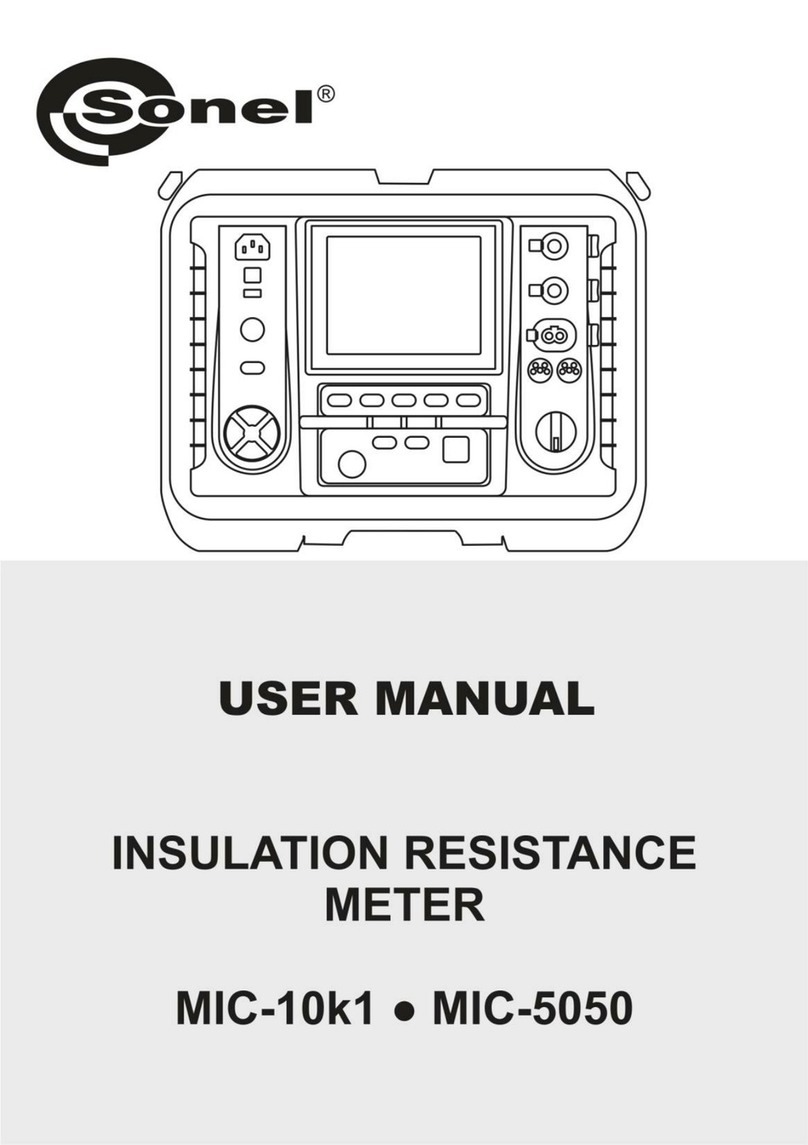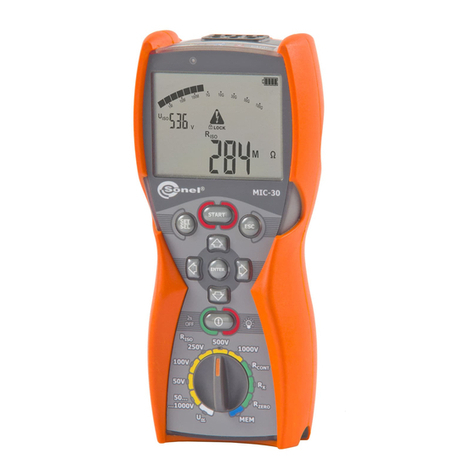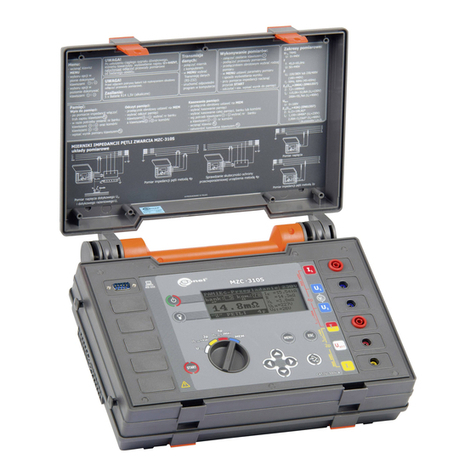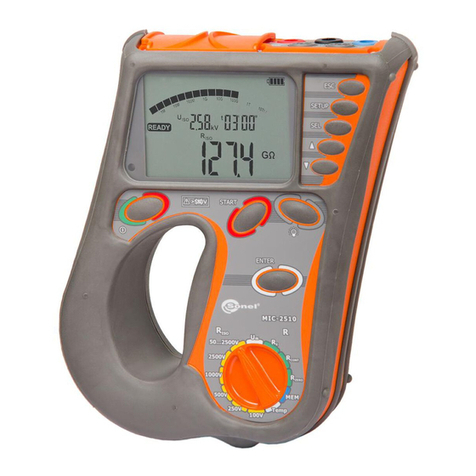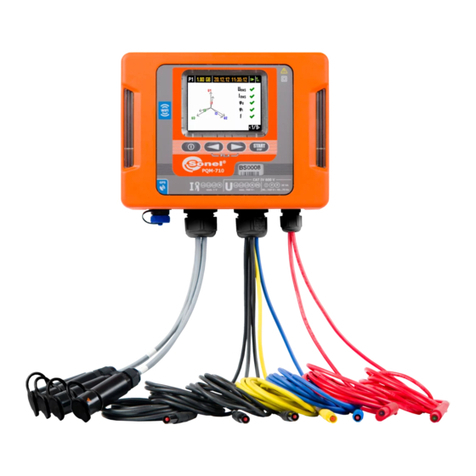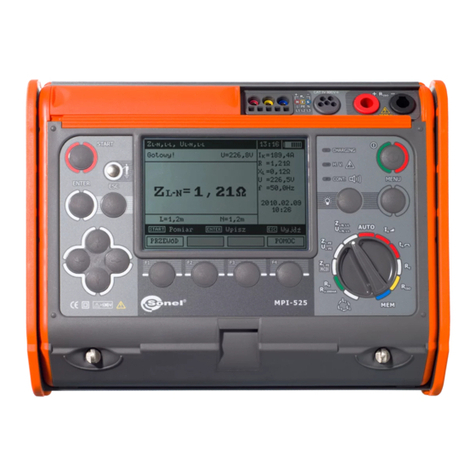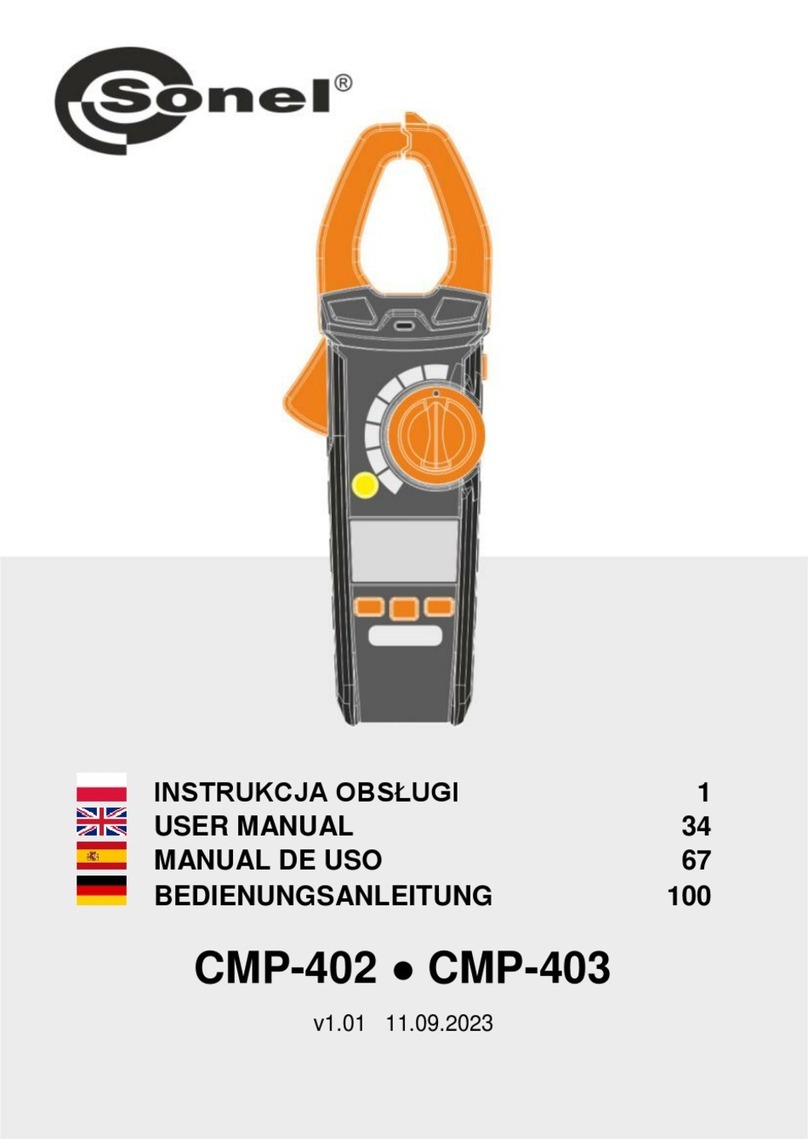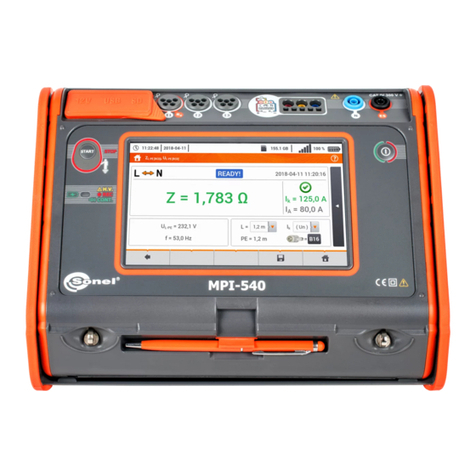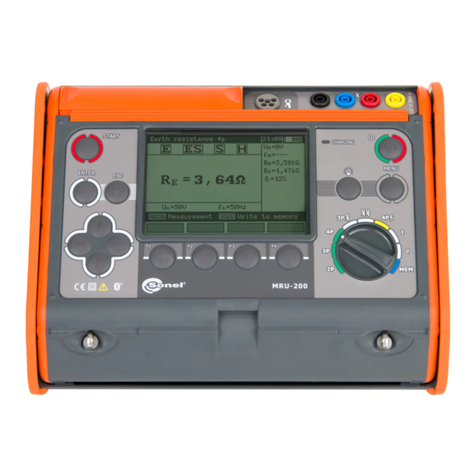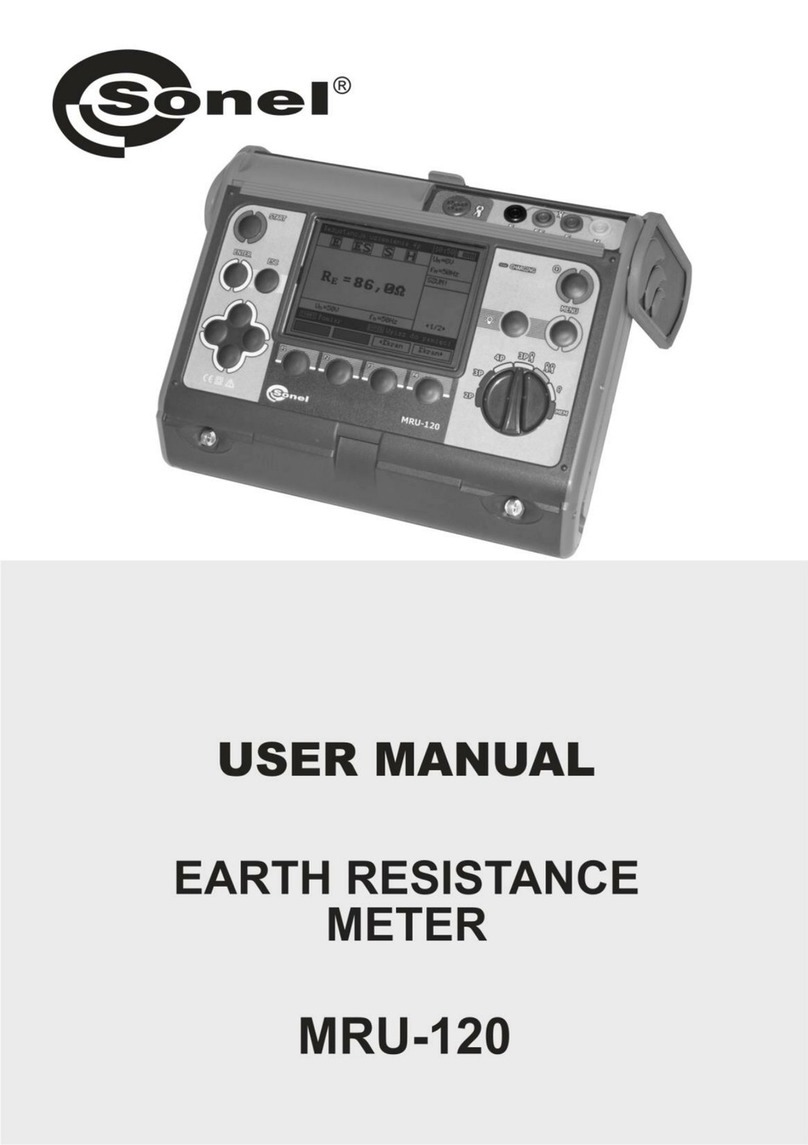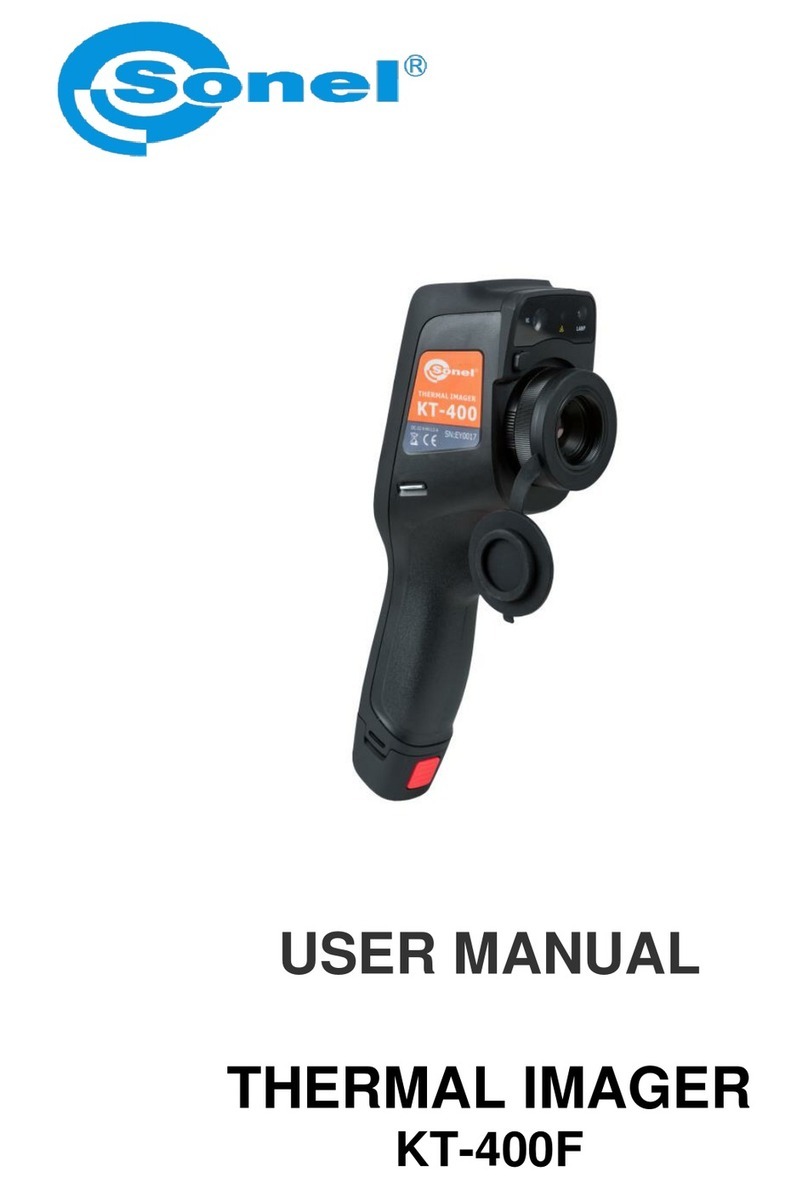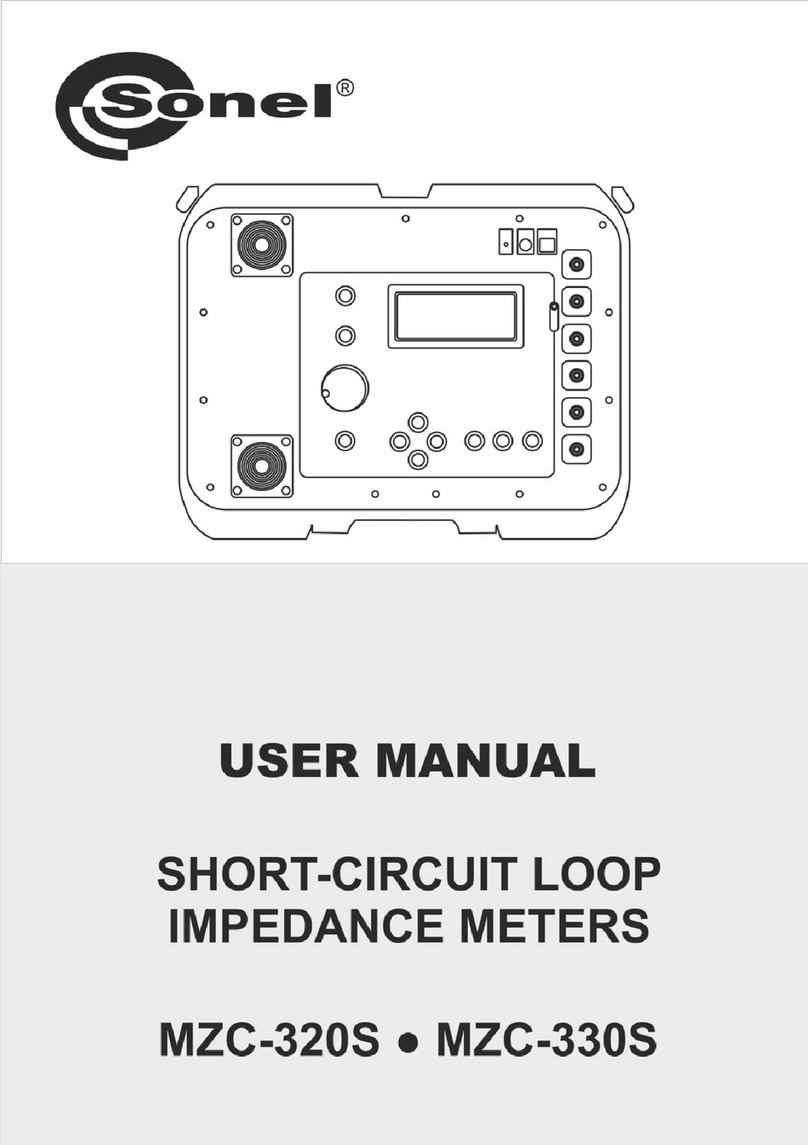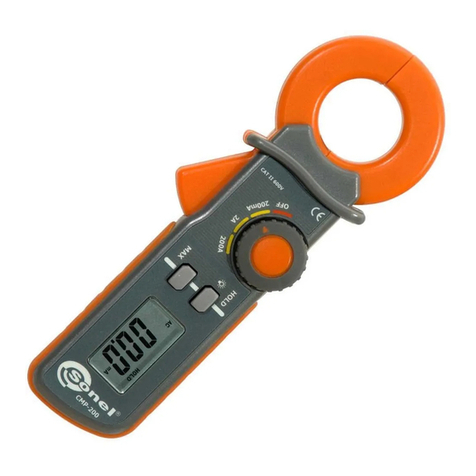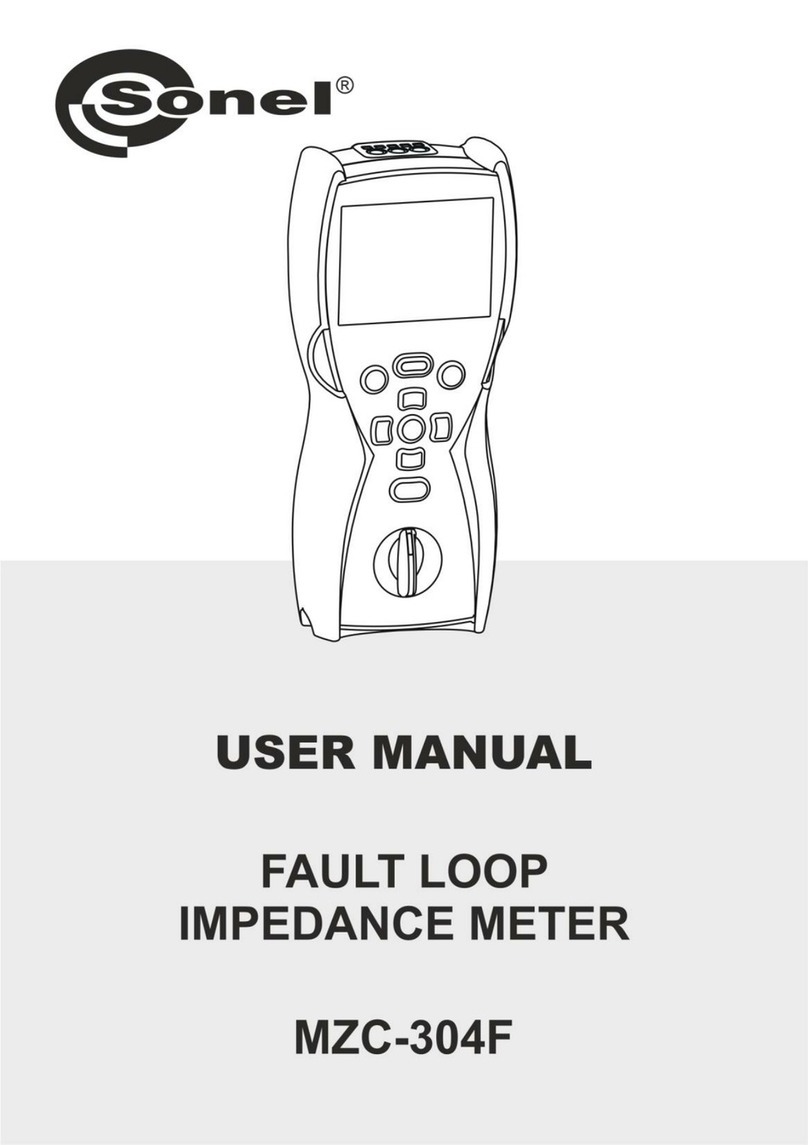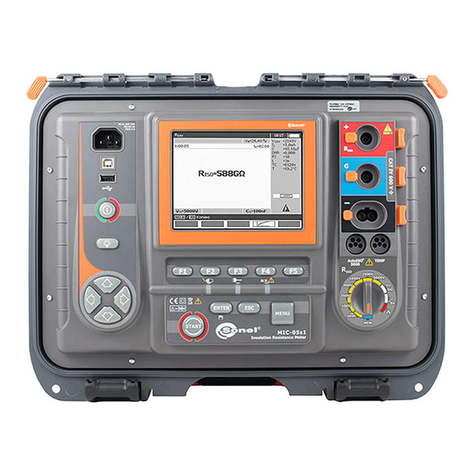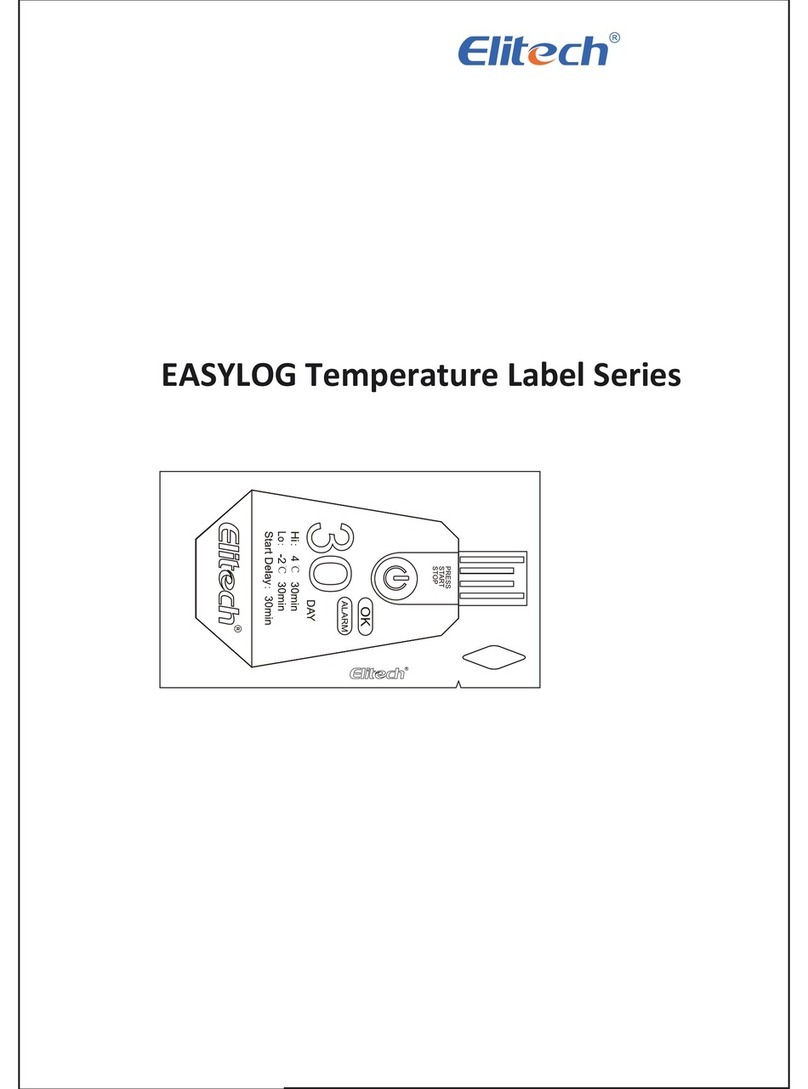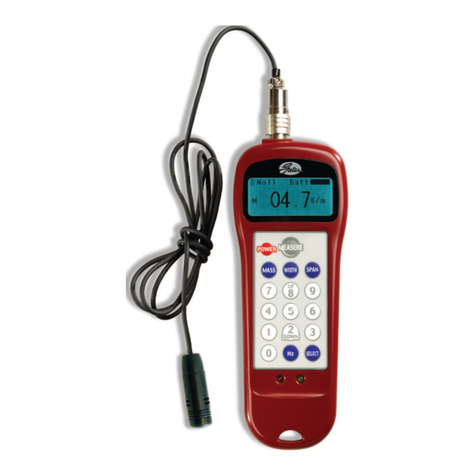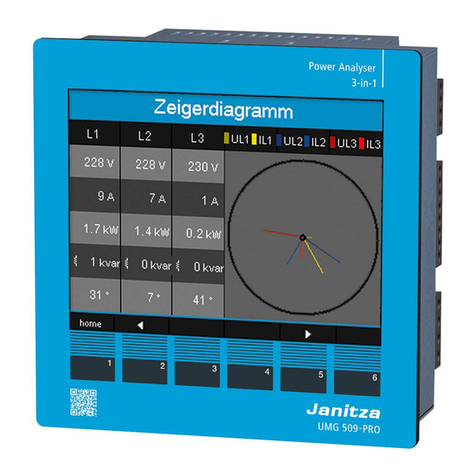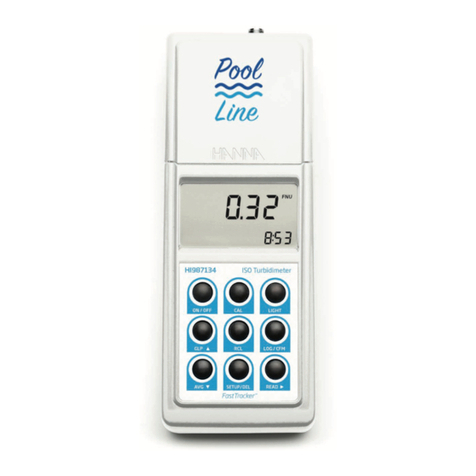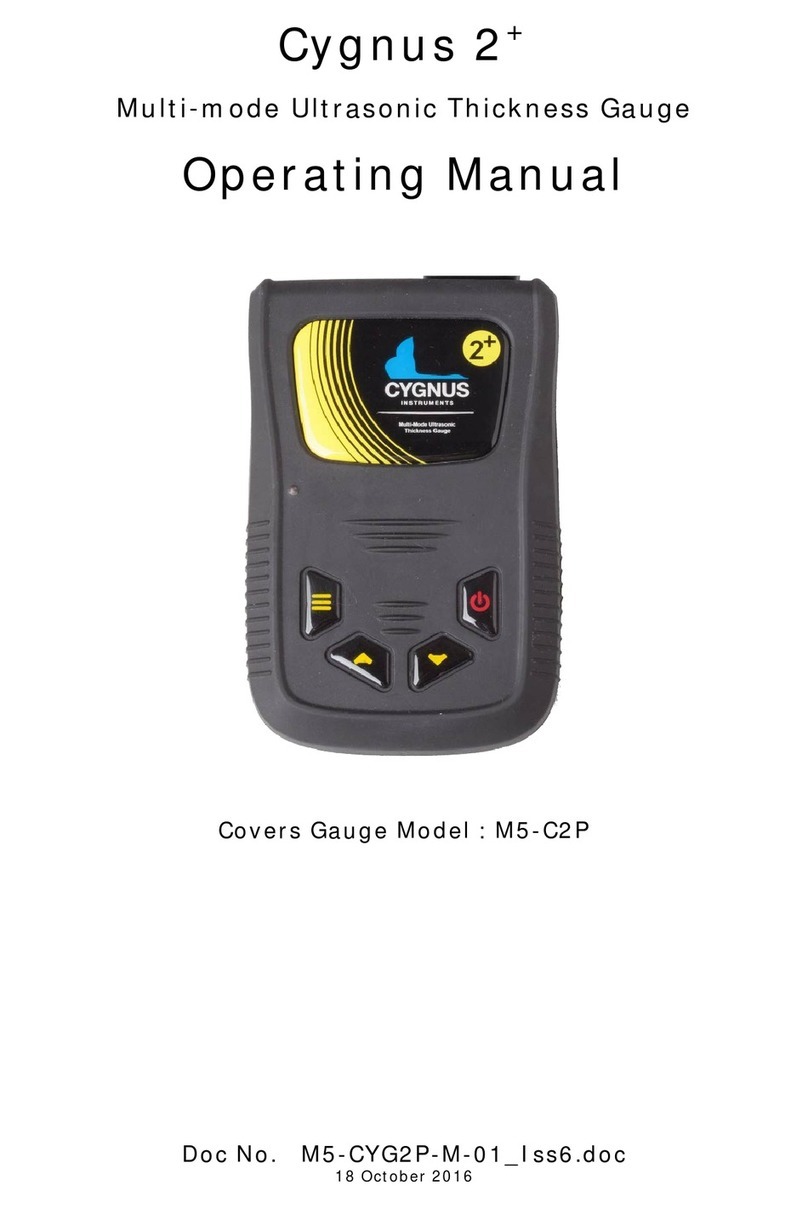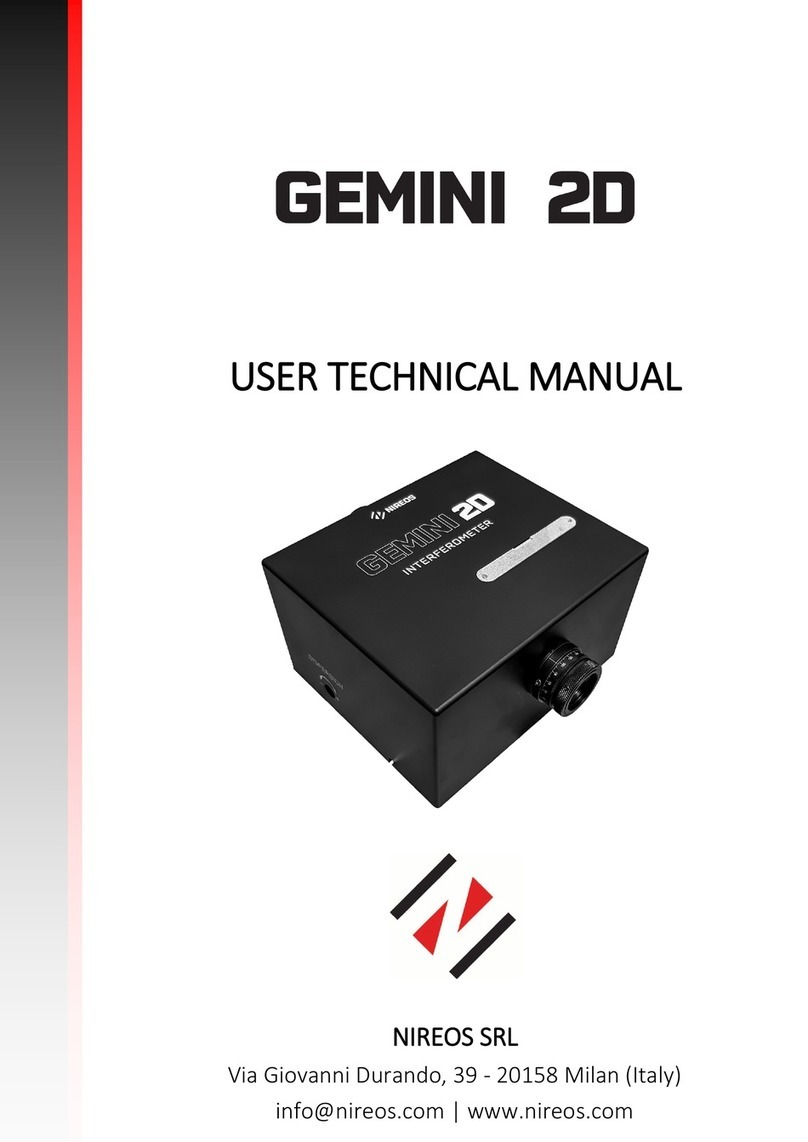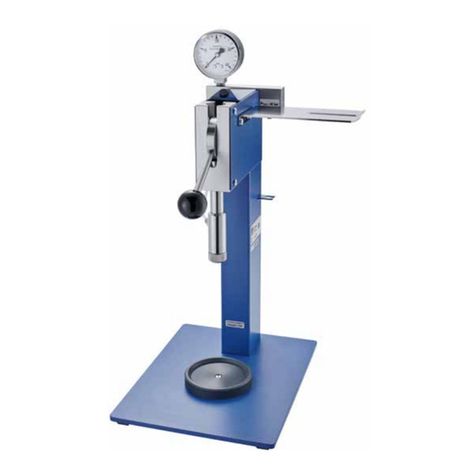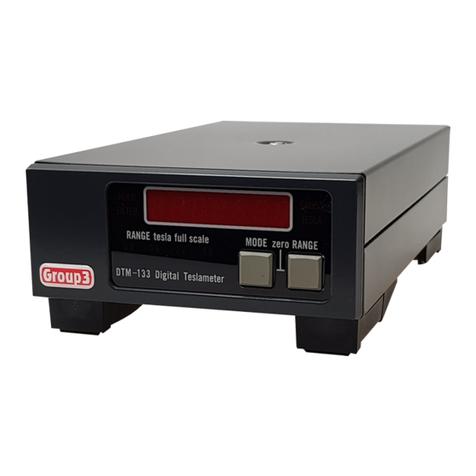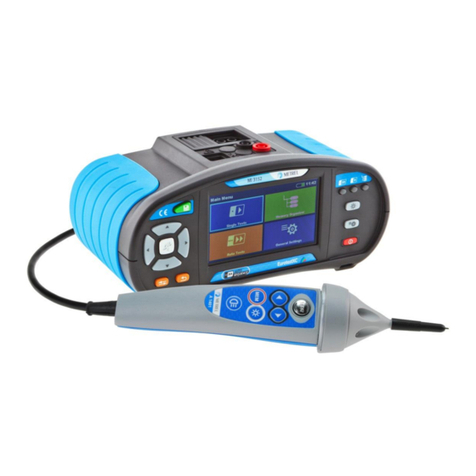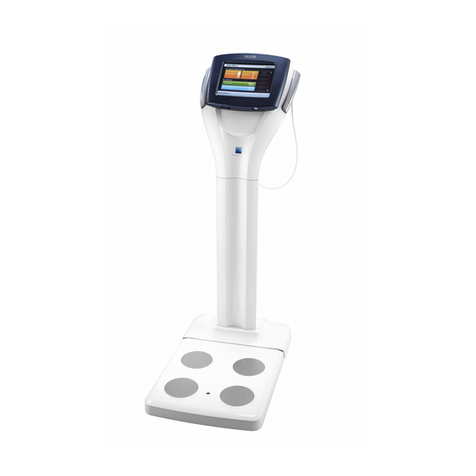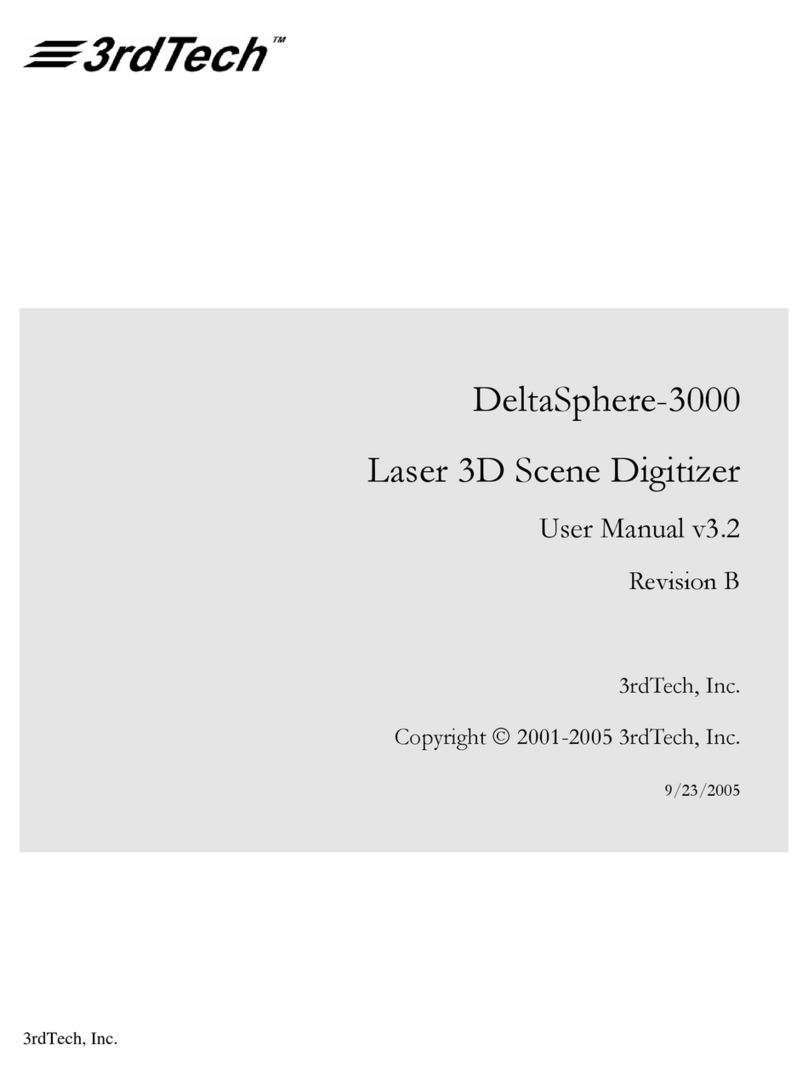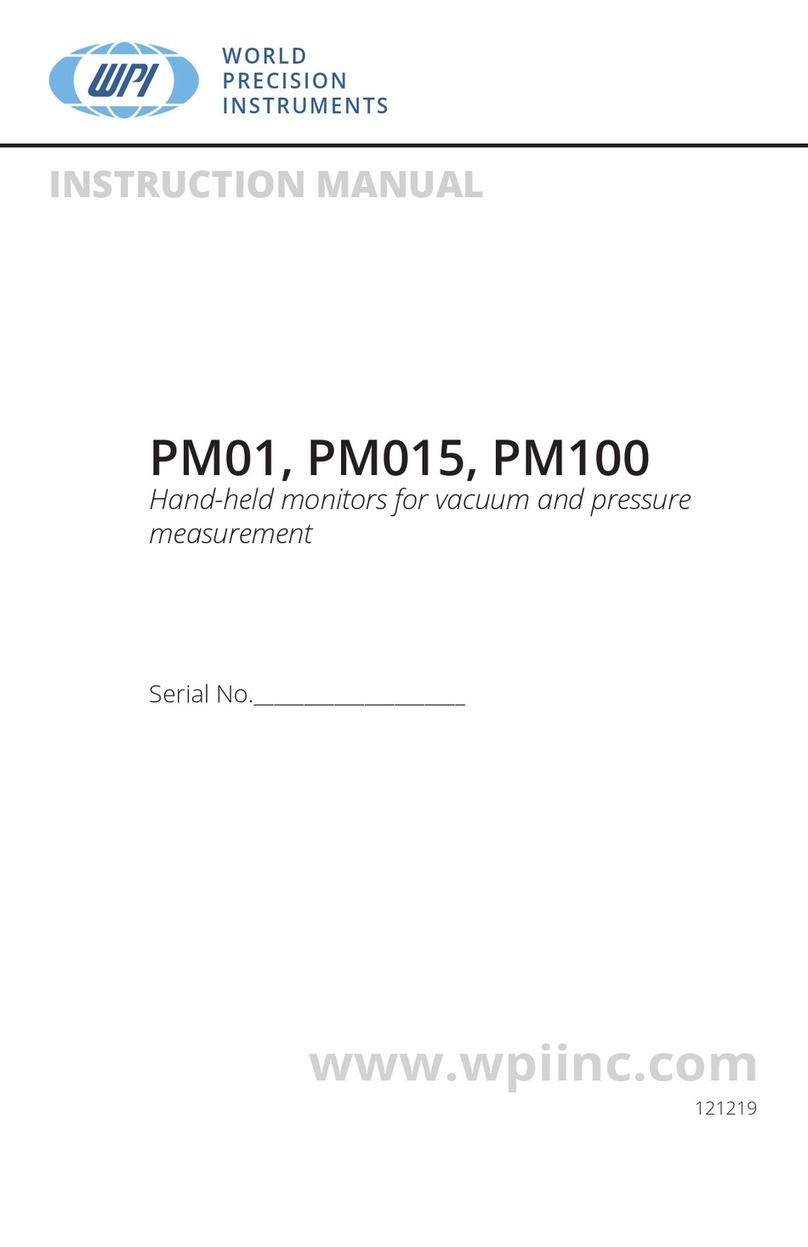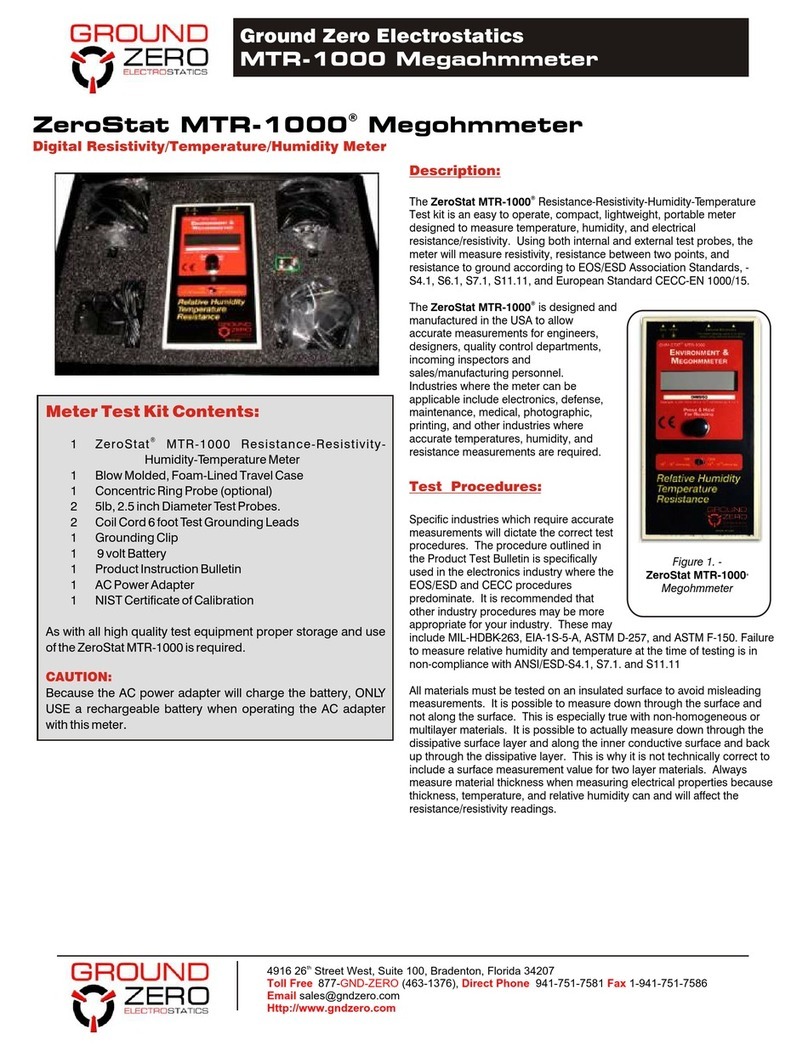3.9.2 Measurement of resistance of protective conductors and equipotential bonding with ±200
mA current...................................................................................................................100
3.10 Checking sequence of phases.............................................................................104
3.11 Checking the motor rotation direction ..................................................................106
3.12 Illuminance measurements..................................................................................108
4Recorder .......................................................................................................110
4.1 Functional Description .........................................................................................110
4.2 Main elements of the screen................................................................................112
4.2.1 Top bar........................................................................................................................113
4.2.2 Title bar .......................................................................................................................113
4.2.3 Main window................................................................................................................114
4.2.4 Information bar on the parameters of the current network............................................114
4.2.5 Help.............................................................................................................................114
4.3 Connecting the measuring system.......................................................................115
4.3.1 Measuring arrangements.............................................................................................115
4.3.2 Verifying the connection ..............................................................................................118
4.4 Recording configuration.......................................................................................119
4.4.1 Configuration using the meter......................................................................................119
4.4.2 Recording configuration...............................................................................................120
4.5 Analyzer settings.................................................................................................. 122
4.5.1 Hardware settings –clamps (manner of connecting) ...................................................122
4.5.2 Settings –Regional settings ........................................................................................123
4.5.3 Managers –file manager.............................................................................................124
a. Data viewing..............................................................................................................125
b. Data preview..............................................................................................................126
4.6 LIVE mode of the network....................................................................................127
4.6.1 Transient waveforms of current and voltages (waveforms)..........................................127
4.6.2 Timeplot of effective values .........................................................................................129
4.6.3 "Live" mode - tabular view ...........................................................................................130
4.6.4 Vector diagram of fundamental components (phasor)..................................................132
4.6.5 Harmonics graph/table.................................................................................................133
4.7 Switching the recording on/off.............................................................................. 135
4.7.1 Approximate recording times .......................................................................................135
4.7.2 Recording guidelines ...................................................................................................136
4.8 Recording analysis...............................................................................................136
4.8.1 Recording timeplot.......................................................................................................139
a. Functional Description ...............................................................................................139
b. Selecting parameters for the timeplot.........................................................................140
c. Creating and managing a timeplot..............................................................................142
4.8.2 Harmonics waveform graph.........................................................................................144
4.8.3 Energy costs calculator................................................................................................146
a. Functional Description ...............................................................................................146
b. Settings of the energy cost calculator. .......................................................................147
4.9 Energy loss calculator.......................................................................................... 149
4.9.1 Functional Description.................................................................................................149
4.9.2 Configuration of the loss calculator..............................................................................150
5Memory of the meter....................................................................................152
5.1 Memory of measurements ................................................................................... 152
5.1.1 Memory settings ..........................................................................................................152
5.1.2 Structure of the Memory ..............................................................................................153
a. Fundamentals of navigating the Memory menu..........................................................154
b. Adding a new measurements tree..............................................................................156




















